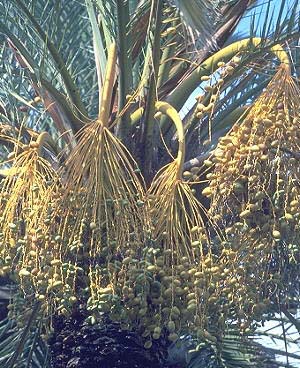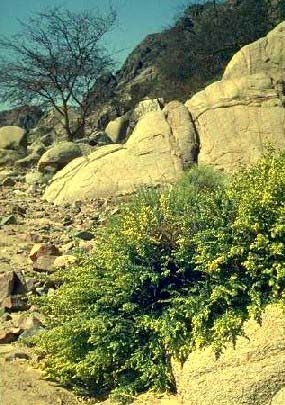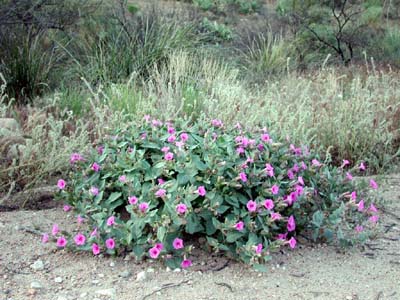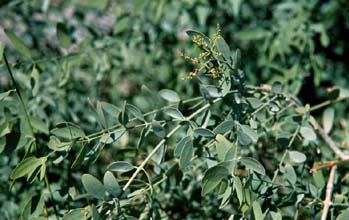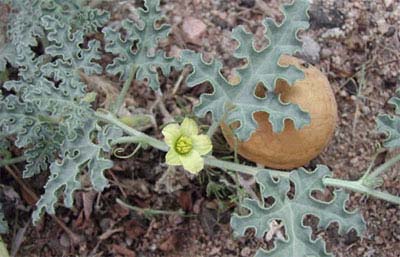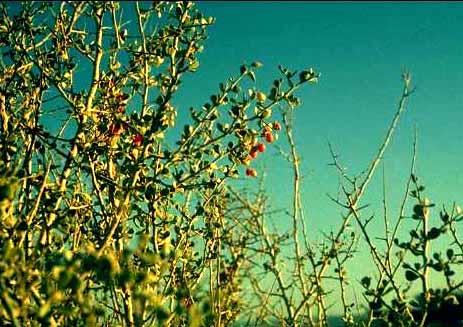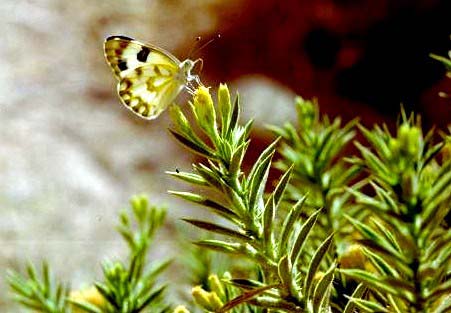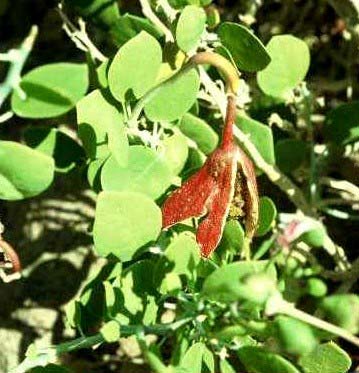
From our small world we have gazed upon the cosmic ocean for thousands of years. Ancient astronomers observed points of light that appeared to move among the stars. They called these objects
"planets," meaning wanderers, and named them after Roman deities—Jupiter, king of the gods; Mars, the god of war; Mercury, messenger of the gods; Venus, the goddes of love and beauty, and Saturn, father of Jupiter and god of agriculture. The stargazers also observed comets with sparkling tails, and meteors or shooting stars apparently falling from the sky.
Since the invention of the telescope, three more planets have been discovered in our solar system: Uranus (1781), Neptune (1846), and, now downgraded to a dwarf planet, Pluto (1930). In addition, there are thousands of small bodies such as
asteroids and
comets. Most of the asteroids orbit in a region between the orbits of Mars and Jupiter, while the home of comets lies far beyond the orbit of Pluto, in the Oort Cloud.
The four planets closest to the sun—Mercury, Venus, Earth, and Mars—are called the
terrestrial planets because they have solid rocky surfaces. The four large planets beyond the orbit of Mars—Jupiter, Saturn, Uranus, and Neptune—are called
gas giants. Tiny, distant, Pluto has a solid but icier surface than the terrestrial planets.
Nearly every planet—and some of the moons—has an
atmosphere. Earth's atmosphere is primarily nitrogen and oxygen. Venus has a thick atmosphere of carbon dioxide, with traces of poisonous gases such as sulfur dioxide. Mars's carbon dioxide atmosphere is extremely thin. Jupiter, Saturn, Uranus, and Neptune are primarily hydrogen and helium. When Pluto is near the sun, it has a thin atmosphere, but when Pluto travels to the outer regions of its orbit, the atmosphere freezes and collapses to the planet's surface. In that way, Pluto acts like a comet.
Moons, Rings, and MagnetospheresThere are 140 known natural satellites, also called
moons, in orbit around the various planets in our solar system, ranging from bodies larger than our own moon to small pieces of debris.
From 1610 to 1977, Saturn was thought to be the only planet with
rings. We now know that Jupiter, Uranus, and Neptune also have ring systems, although Saturn's is by far the largest. Particles in these ring systems range in size from dust to boulders to house-size, and may be rocky and/or icy.
Most of the planets also have
magnetic fields, which extend into space and form a magnetosphere around each planet. These magnetospheres rotate with the planet, sweeping charged particles with them. The sun has a magnetic field, the heliosphere, which envelops our entire solar system.
Ancient astronomers believed that the Earth was the center of the universe, and that the sun and all the other stars revolved around the Earth. Copernicus proved that Earth and the other planets in our solar system orbit our sun. Little by little, we are charting the universe, and an obvious question arises: Are there other planets where life might exist? Only recently have astronomers had the tools to indirectly detect large planets around other stars in nearby solar systems.












